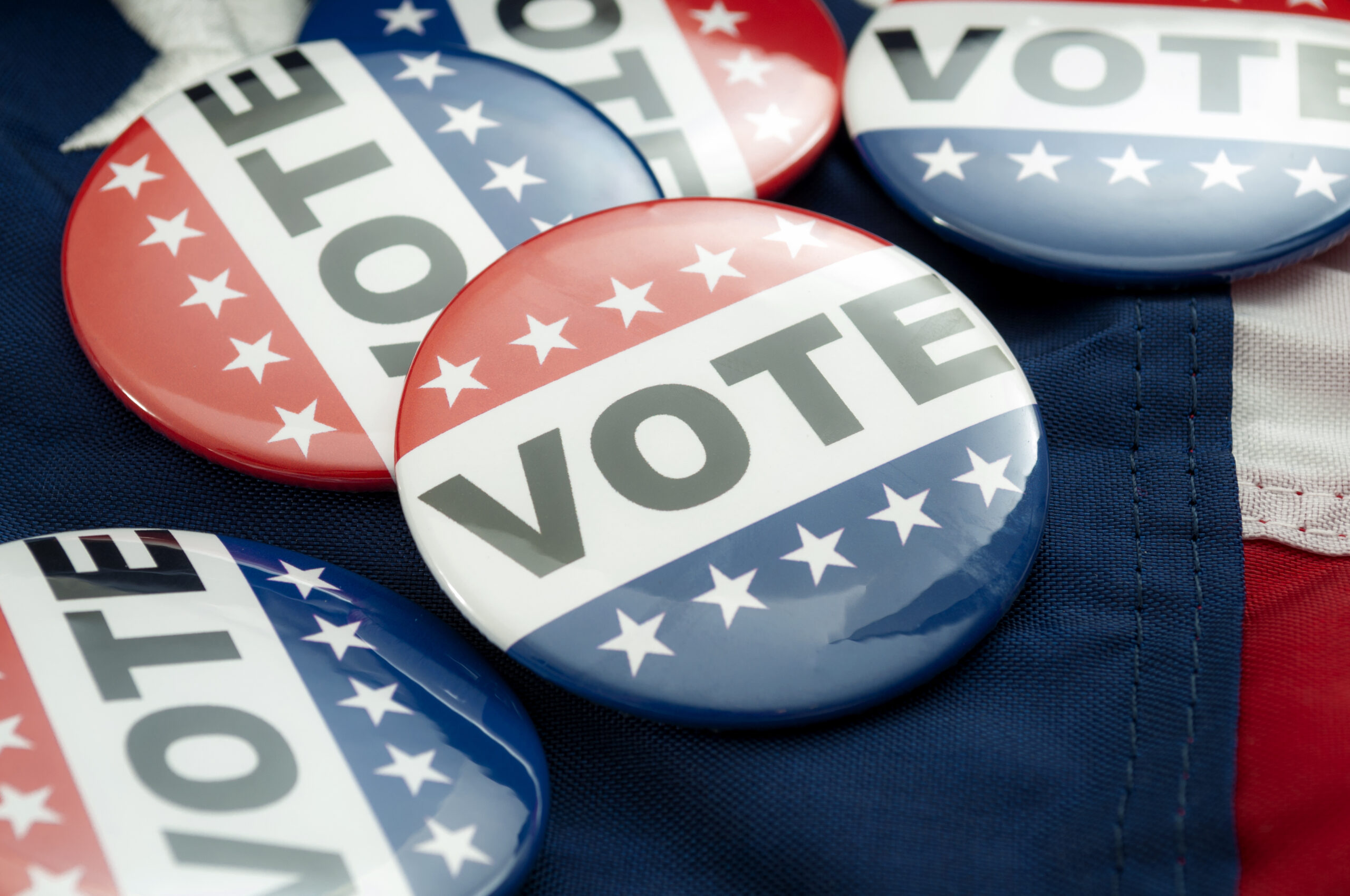Mail-In Ballots Shape the BOE Election Outcome and Impact Results Across the County. The Process Should Change.
November 17, 2022
It looks like three of the four new members of the BOE chosen by Frederick County residents oppose school choice and do not favor the adoption of a “parents’ right to know” policy that ensures parents are aware of their child’s gender, transition, or pronoun choices made at school. These candidates did not list academics as their number one priority, took the position that CRT is not present in FCPS (we have repeatedly proven otherwise), and at least generally support the state standards and library materials introducing gender identity concepts into elementary schools. To be frank, it surprised us that so many voters/parents aligned with these positions.
The voters also re-elected current BOE member Karen Yoho who, after the DOJ finished its investigation of the horrendous restraint and seclusion abuses, stated in an FNP article that FCPS did nothing illegal. Her reelection seems to be another example of the lack of proper accountability for the lack of oversight that allowed the abuses to occur for an extended period. This did not surprise us as much, though, since there has been a general lack of accountability on the topic since the DOJ report was published, it made us aware of how short memories can be. Click here to see what we wrote in the FNP last January in response to Ms. Yoho’s FNP article.
Why We Believe the Three Candidates Supporting These Positions Were Elected
The first two explanations that come to mind are that there has been a significant shift in the positions and ideology of the majority of the residents of Frederick County and their view of what a school’s role is, and/or a lack of awareness on the part of the public on the details and implications of these positions. We think that could be true, but when looking at the voting, we believe it is just as likely the result of a well-funded, superior ground game that brought in mail-in ballots that favored the union-backed “Slate” candidates who hold these positions by a margin that more than doubled the other candidates.
Comparing the mail-in results against early and Election Day voting shows how mail-in votes influenced the election. The ENI candidates (the non-union-backed candidates) received an average of 33,389 votes each in early and Election Day voting and held the two top vote counts. The union-backed candidates received an average of 29,066 each in early and Election Day voting and had the 3rd and fourth positions. As of last night, the Slate candidates held the first, second, and fourth positions. In the end, mail-in ballots accounted for 22% of all BOE votes and impacted the final outcome.
This trend of mail-in ballot voting skewing so heavily towards Democrats or candidates holding Democratic positions was present in the BOE race and all races, from the Sheriff to the County Executive.
What Caused Mail-In Ballots To Be So Heavily Favor One Side
There is little doubt that mail-in ballots are the least secure form of voting, but let’s put aside any theories of illegal ballot shenanigans. If you assume a valid process, the only way to make sense of such a one-sided difference between in-person and mail-in voting is that the opportunity to influence the main-in ballot process was significantly better managed by one side, whose well-funded get-out-the-vote effort had to be intense, well organized and focused, motivating a good number of people to vote overwhelmingly in one direction. We don’t think such an unbalanced result by one voting method can be explained by just assuming one group is much more likely to use mail-in ballots because of their political ideology. Nor do we think it was because there was anything wrong with the counting of mail-in ballots other than the few mistakes that are always present in any process. But because the results are so inconsistent with other voting forms, we think it underscores how the mail-in ballot process can be manipulated with more funding and resources than any other form of voting. When one form of voting produces a result much different than all others, voters deserve to know why. It is too important to brush off speculation or assumptions about the voting behaviors of one group or possible cheating. At the very least, an analysis (or investigation) should be conducted as to why such a statistically disparate distribution of voting exists by ballot source and the results reported to the public. County residents should demand it.
The County, BOE, and FCPS leadership has repeatedly stated that unusual disparities in outcomes require examination and that we need more transparency to build trust. Here’s their chance to prove they mean it.
Going Forward: Fix the Mail-in Ballot Process
The current mail-in ballot process is a remnant of the COVID-era adjustments to provide safety from exposure. COVID is now over, and the process should be examined and adjusted to its true purpose: a method of voting for people who cannot get to the polls to vote. At the very least, we should remember that before COVID, mail-in ballots were a supplemental accommodation. Now that it has become a larger and more significant part of the voting process, we need to stop treating it like a supplemental process and install proper controls and oversight.
We Suggest the Following Be Installed or Reinstated as a Start.
Mail-in ballots should be requested, not mailed automatically; eliminate bulk ballot collection and mailing; all completed ballots should be mailed in in advance of Election Day so that ballot validation and counting can be completed and reported on election day (if a ballot is postmarked after the cut-off date the ballot should be rejected. Everyone that pays a bill knows the process), and tighten the ID requirements on mail-in voting so that each ballot is validated against a properly registered Frederick County voter.

